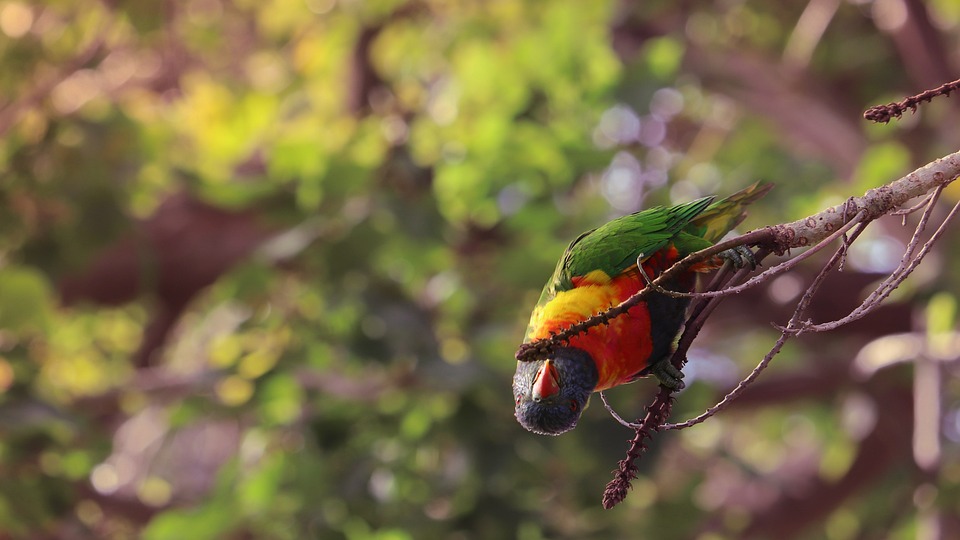Parrots are fascinating creatures known for their stunning colors, intelligence, and ability to mimic human speech. One of the most captivating aspects of their behavior is their talent for mimicking household conversations. In this article, we have explored why parrots mimic, how they learn to mimic, and the impact of this behavior on their overall well-being.
Parrots are natural imitators, and their ability to mimic human speech and sounds is a combination of social behavior and innate vocal learning abilities. They use vocal mimicry as a means of communication and bonding with their human companions. By mimicking household conversations, parrots feel like a part of their human family, strengthening their social ties and sense of belonging. Additionally, parrots are intelligent beings that crave mental stimulation and social interaction. Mimicking household conversations often serves as a way for them to gain attention and engage with their human companions, especially when they receive a positive response.
The process through which parrots learn to mimic is fascinating. Their impressive vocal learning abilities allow them to acquire these skills. Parrots go through different stages of vocal learning, starting with a critical period where they learn the basic vocalizations from their parents or flock. They then move on to the subsong stage, where they experiment with sounds and develop their own vocal repertoire. In the plastic song stage, they refine their vocalizations through trial and error, mimicking sounds they hear in their environment. Afterward, parrots enter a silent period to consolidate their learning and refine their mimicry skills.
Environmental influence plays a significant role in parrots’ ability to mimic household conversations. They primarily mimic sounds they are exposed to in their environment, such as human conversations, television, or household noises. Consistent exposure to specific sounds and conversations facilitates their ability to mimic and incorporate them into their vocalizations.
While parrots’ ability to mimic household conversations is fascinating, it is essential to consider its impact on their overall well-being. Parrots require ample social interaction and mental stimulation to thrive. Engaging in regular conversations and interactive play sessions with their human companions helps meet their social needs. Providing a stimulating environment with toys, puzzles, and foraging activities prevents boredom and encourages natural behaviors. Rotating toys and introducing new sounds can enrich their environment and encourage further mimicry.
To address some frequently asked questions, not all parrot species can mimic human speech, although many possess the ability to some extent. African Grey Parrots and Amazon Parrots are known for their exceptional mimicry skills. Parrots may associate certain words with specific contexts or actions, but they do not possess full comprehension of human language. Encouraging parrots to mimic more household conversations can be achieved through consistent exposure, positive reinforcement, and interactive play sessions. Mimicking household conversations is a natural behavior for parrots and generally not harmful. However, it is crucial to provide them with a well-rounded environment that includes social interaction, mental stimulation, and a balanced diet.
In conclusion, parrots’ ability to mimic household conversations is a captivating aspect of their behavior. Understanding the reasons behind their mimicry, the learning process, and its impact on their well-being allows us to appreciate their unique talents and provide them with a fulfilling environment. By nurturing their social interaction, providing environmental enrichment, and offering proper training, we can ensure that our feathered friends lead happy and enriched lives in our households.









